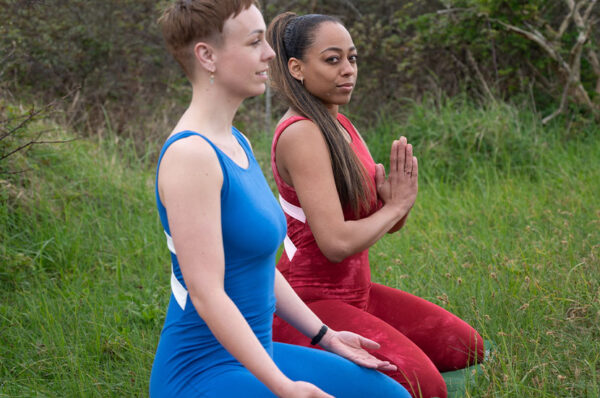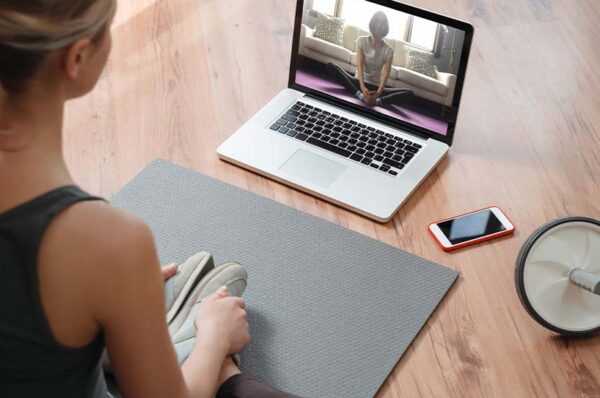With so much going on in your life, how you’re sitting or standing may be the least of your worries.
However, Forbes’ insights on bad posture note that it has many impacts on your health. Leaving it uncorrected for too long can lead to pain and even disability.
Fortunately, you can do a lot to remedy this issue, and incorporating them into your habits can help make good posture second nature.
Why you need good posture?
Good posture is more than just about looking presentable. It’s incredible for your health as well.
Having the correct posture removes the strain and stress on your back, neck, shoulders, and joints so that you can move well and freely without any pain.
Sitting and standing taller also gives you more lung capacity, making breathing easier. Overall, it minimizes your chances of getting an injury or experiencing chronic pain.
If you’d like to start improving your posture to reap these health benefits, here are some ways you can begin:
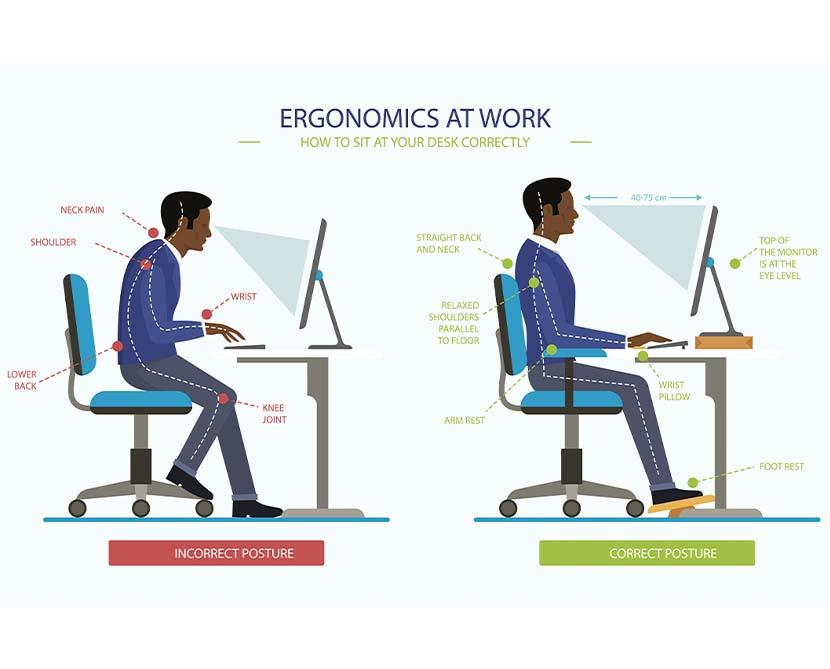

Stay conscious of your body
A little attention or mindfulness to how you’re sitting and standing can make correcting your posture a habit.
When standing, stay straight and tall and keep your shoulders back. Let your arms hang naturally and keep your weight mainly on the balls of your feet.
While sitting, keep your feet flat on the floor, with your thighs and hips parallel to the ground. Keep your back supported and your shoulders relaxed.
As yoga teacher Jenni Rawlings and exercise science professor, Travis Pollen point out in their Yoga Meets Movement Science podcast, different factors can affect our posture and changing your posture might work better in specific contexts.
Don’t feel too pressured to keep your body looking a certain way all the time; just be aware of what movement or position it needs at the moment.
Find good furniture
Though sitting correctly is essential, you also need adequate support from the furniture you use.
An ergonomic chair would be ideal if you spend long hours at your desk, especially if its supporting features are tailored to your needs.
The right chair can minimize neck, back, and leg pain, so you can focus on your work without worrying about its impact on your body.
Choose a chair with proper back support so it’s comfortable and functional for your lifestyle and work.
Sleep right
Adjusting your posture doesn’t have to be done during the day or while awake. A write-up from The Conversation on sleeping positions points out that how you sleep can help prevent pain in your body from poor posture.
Sleeping in a side position helps keep away aches in the morning. You can also choose a pillow with a height that is neither too high nor too low but provides enough support to prevent spine misalignment and muscle stiffness.
Your mattress should also be of good quality, and rotating it once or twice a year can keep it firm and comfortable for longer.
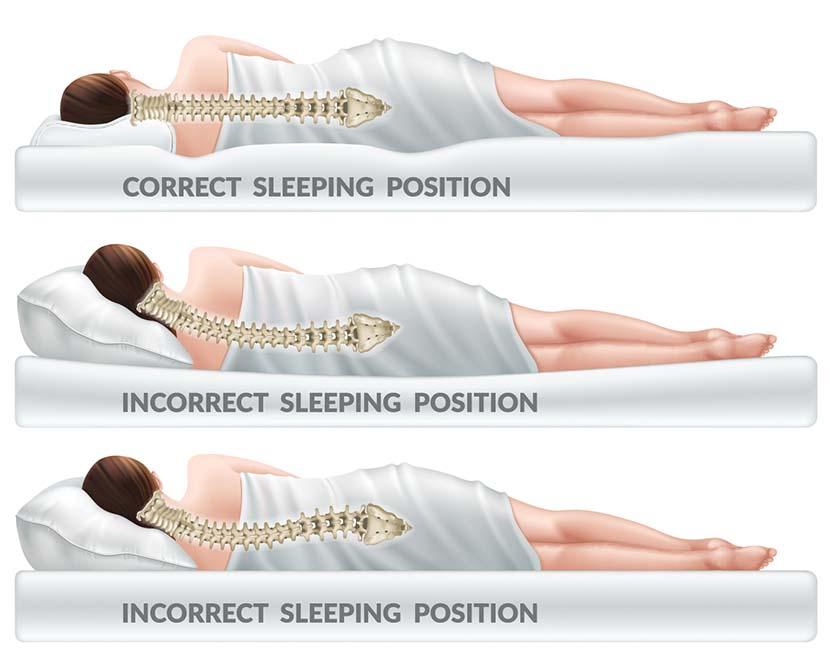
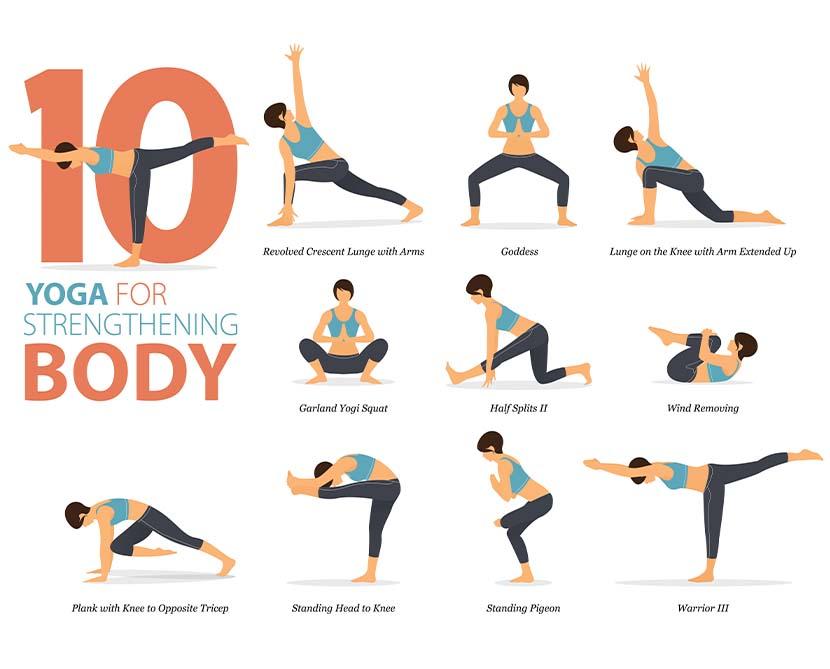
Practice yoga
Our article called “Importance of Yoga in Our Life” discusses why the wellness we get from yoga is indisputable for so many aspects, and your posture is no exception.
Including it in your exercise regimen and daily routine can boost your body’s health in many ways.
Constant practice can improve your flexibility and strength, making you more resistant to injuries and pain. It also helps keep your body in a neutral and relaxed position, combating muscle strain which can be great for your back in the long term.
Not only are you strengthening your body with yoga, but it also decreases stress and anxiety.
There are a variety of yoga positions for good posture. The cat-cow stretch can help with spine flexibility; the bridge pose opens up the chest and back and gives you more spine support, while the plank develops core strength and stability to help improve posture.
Check out the rest of our site today to learn more about yoga.
Post solely for the use of samarali.eu by JB Davis

